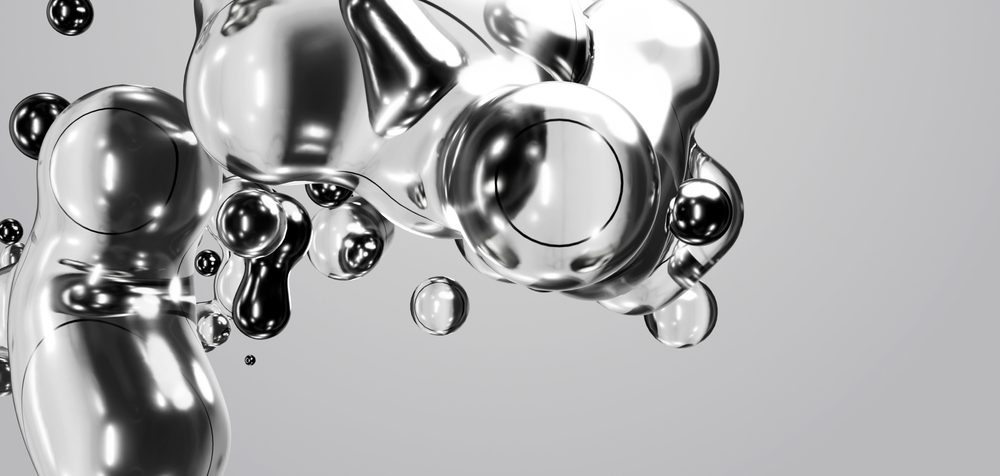
A team from Harvard’s John A. Paulson School of Engineering and Applied Sciences (SEAS) has developed a versatile, programmable metafluid that can change its properties in response to pressure. This meta fluid has the potential for use in robotics, optical devices, and energy dissipation.
“We are just scratching the surface of what is possible with this new class of fluid,” said Adel Djellouli, first author of the paper. “With this one platform, you could do so many different things in so many different fields.”
Metamaterials are artificially engineered materials whose properties are determined by their structure rather than composition and have been in use in a number of different applications for years. But, prior to this breakthrough, they have all been solid.
“Unlike solid metamaterials, metafluids have the unique ability to flow and adapt to the shape of their container,” said Katia Bertoldi, senior author of the paper. “Our goal was to create a metafluid that not only possesses these remarkable attributes but also provides a platform for programmable viscosity, compressibility, and optical properties.”
The metafluid they created uses a suspension of elastomer spheres – between 50 to 500 microns in size – that buckle under pressure, resulting in a radical change in the characteristics of the fluid. They used a highly scalable fabrication technique to produce hundreds of thousands of these highly-deformable spherical capsules filled with air and then suspended them in silicon oil. When the pressure inside the liquid increases, the capsules collapse, forming a lens-like half-sphere. When that pressure is removed, the capsules transition back into their spherical shape. This transition changes many of the liquid’s properties, including its viscosity and opacity.
The team is already able to demonstrate some potential applications for the metafluid. For example, when loaded into a hydraulic robotic gripper, the gripper was able to pick up a glass bottle, an egg, and a blueberry. Such activities would normally require a sensor or external control, but with the metafluid no sensing is needed as the liquid itself responds to different pressures, changing its compliance to adjust the force of the gripper. The metafluid also changes its optical properties when exposed to changing pressures – when in its round configuration, the capsules scatter light, making the liquid opaque. When pressure is applied and the capsules collapse, they act like microlenses, focusing light and making the liquid transparent. These properties could be used for a range of applications, such as e-inks that change color based on pressure.
The team has plans to explore the acoustic and thermodynamic properties of the metafluid. Harvard’s Office of Technology Development states that it is exploring commercialization opportunities.
“The application space for these scalable, easy-to-produce metafluids is huge,” said Bertoldi.
